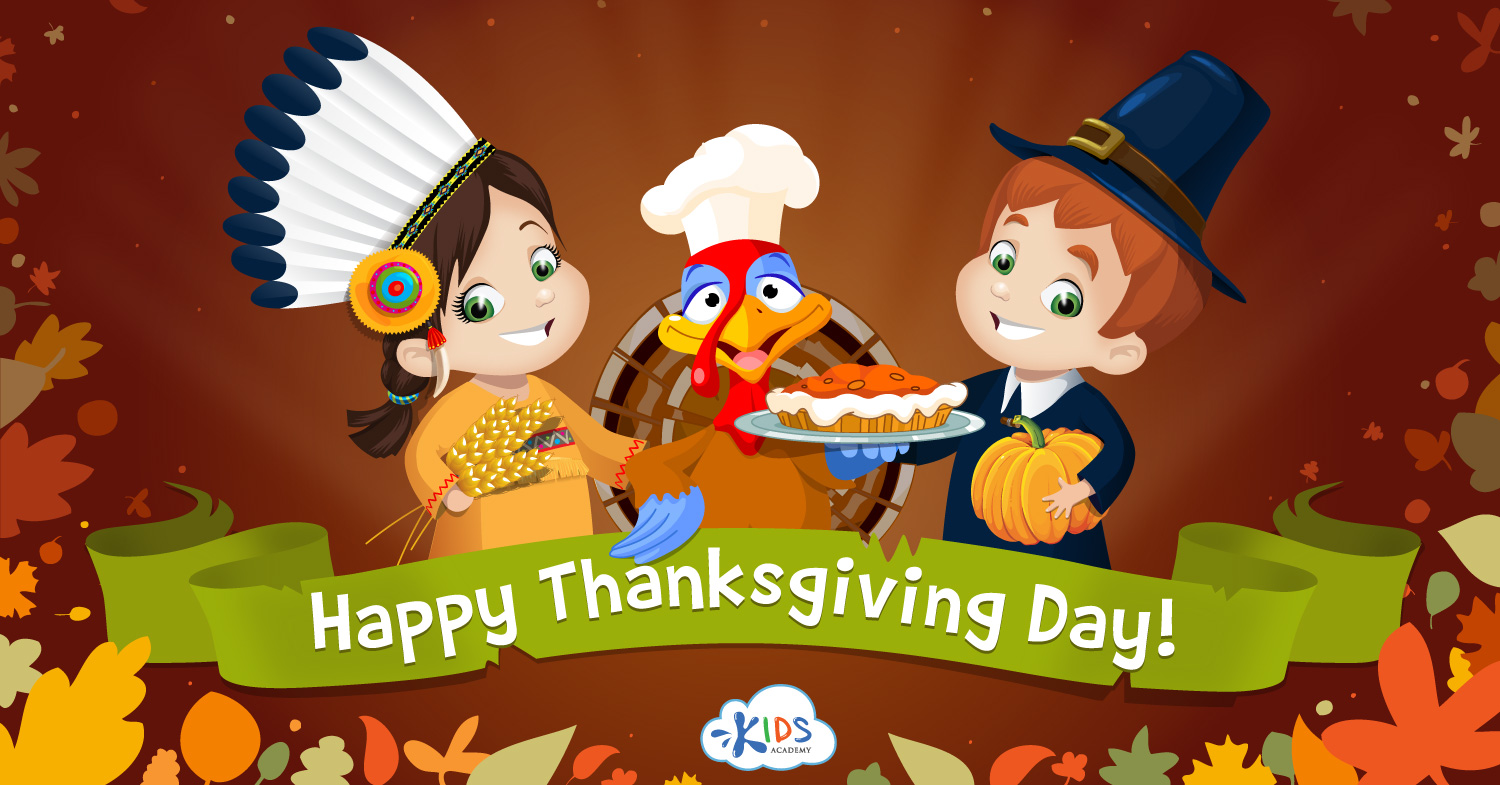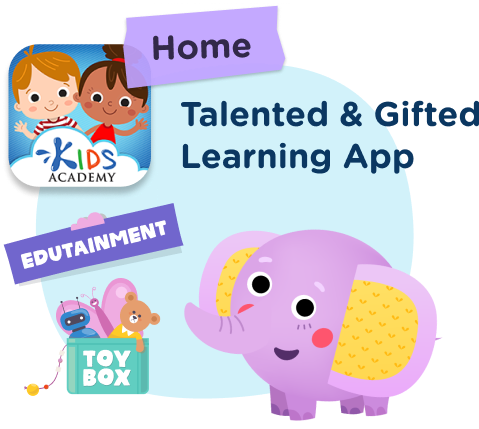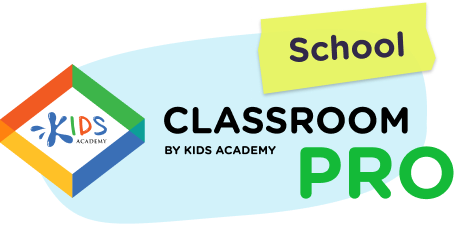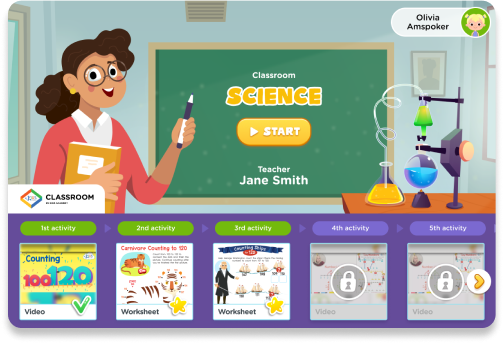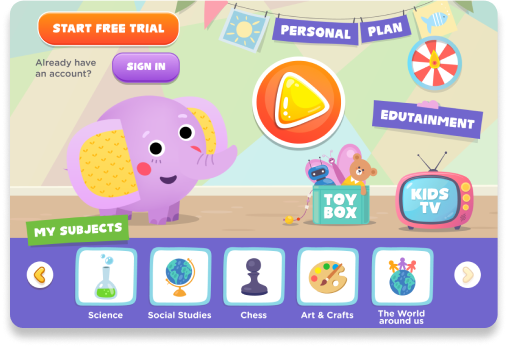Improving observation Worksheets for Ages 3-5
3 filtered results
-
From - To
Enhance your preschooler's observation skills with our meticulously crafted worksheets designed for ages 3-5. These engaging activities are tailored to boost attention to detail, critical thinking, and cognitive development in young learners. Each worksheet offers fun, interactive exercises that challenge children to notice differences, identify patterns, and make connections. By incorporating bright visuals and thoughtfully designed tasks, we aim to keep your child entertained while enhancing essential observational abilities. Perfect for at-home practice or classroom use, our resources are a valuable tool for laying the foundation for lifelong learning and curiosity. Embark on this exciting educational journey today!
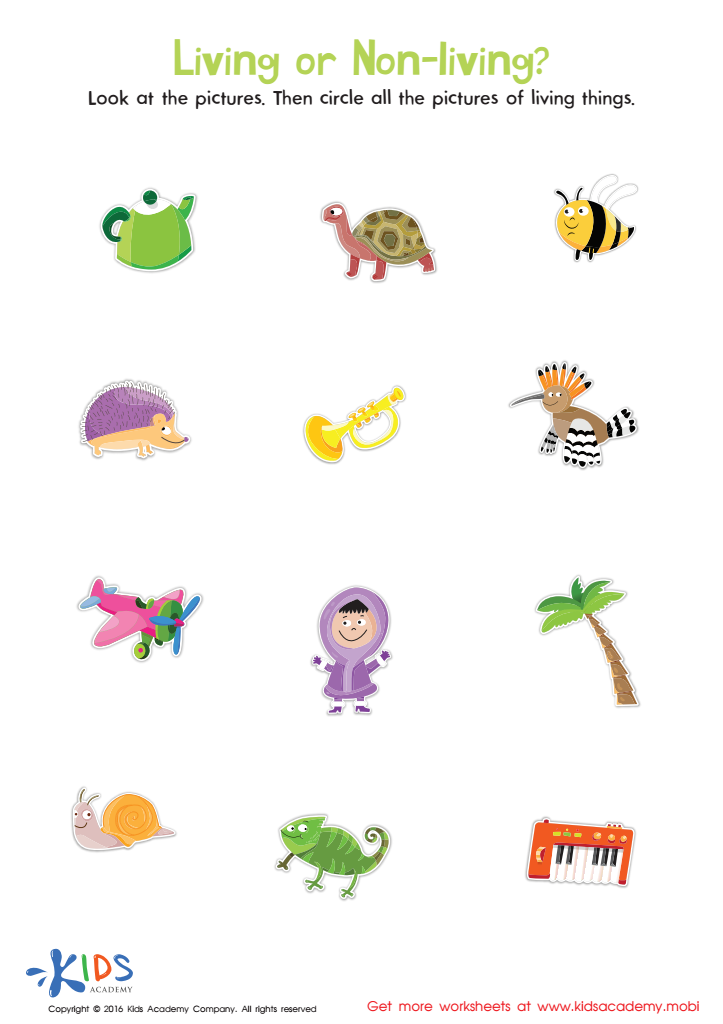

Identifying Living and Non–living Things Sorting Worksheet
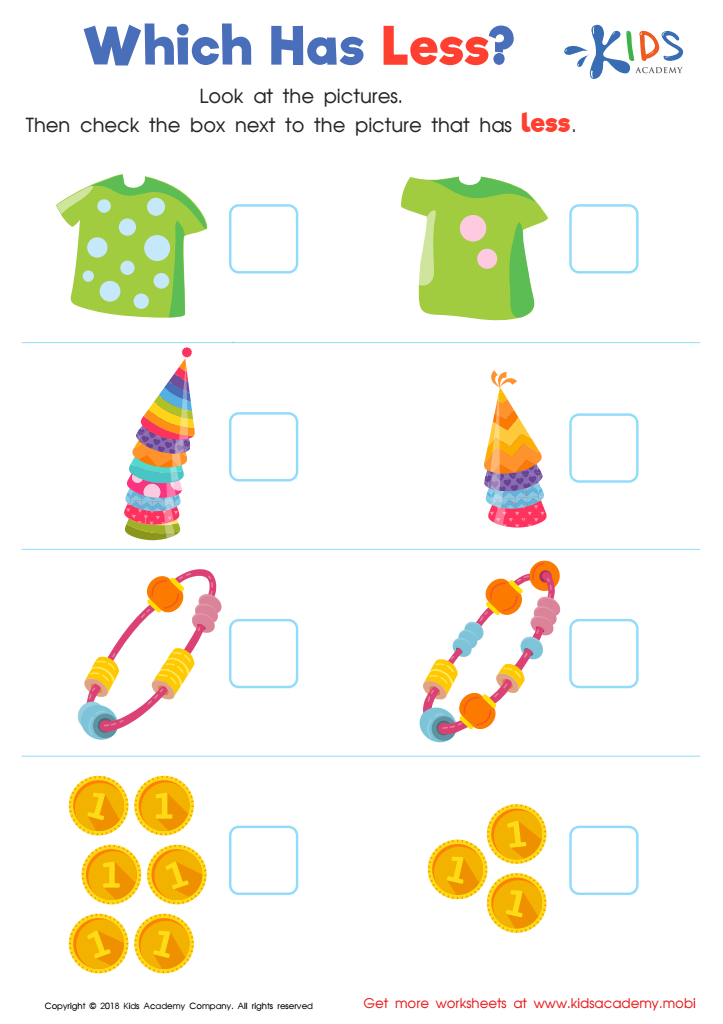

Which Has Less? Worksheet
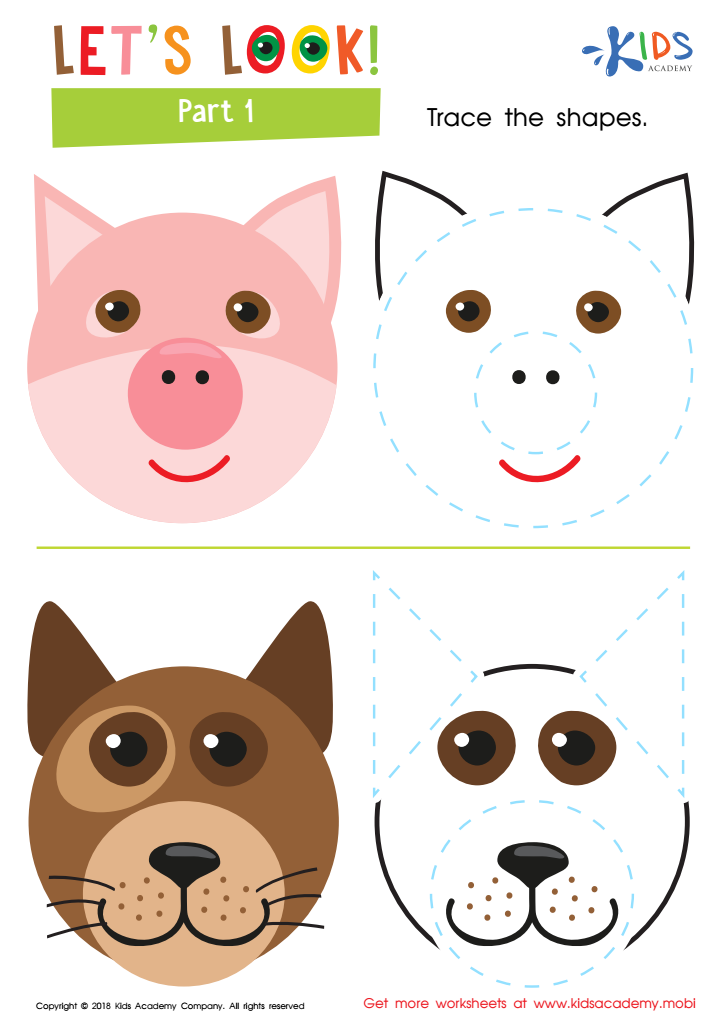

Let's Look! Part 1 Worksheet
Early childhood, particularly ages 3 to 5, is a critical period for cognitive, social, and emotional development. Parents and teachers play a pivotal role during these formative years by improving their observation skills. Observant adults can quickly identify each child’s needs, strengths, and developmental milestones. In this age group, children are rapidly evolving; they may show early signs of literacy, socialization skills, or emotional challenges that need attention.
Enhanced observation helps in understanding how children interact with their environment and peers. For example, noticing a child’s preference for solitary play over group activities can indicate the need for gently encouraging social participation. Similarly, observing speech patterns and motor skills can help in identifying potential issues like speech delays or coordination problems early on, enabling timely intervention.
Moreover, nuanced observation allows educators to adapt lesson plans and activities to better suit individual learning styles, thereby fostering a more inclusive and effective educational environment. Similarly, parents equipped with keen observation skills can better support their child's learning and development at home, creating a continuous, supportive atmosphere.
By honing observation skills, parents and teachers can nurture children's curiosity, monitor their mental and emotional well-being, and guide them towards a balanced and well-rounded development foundation.
 Assign to My Students
Assign to My Students




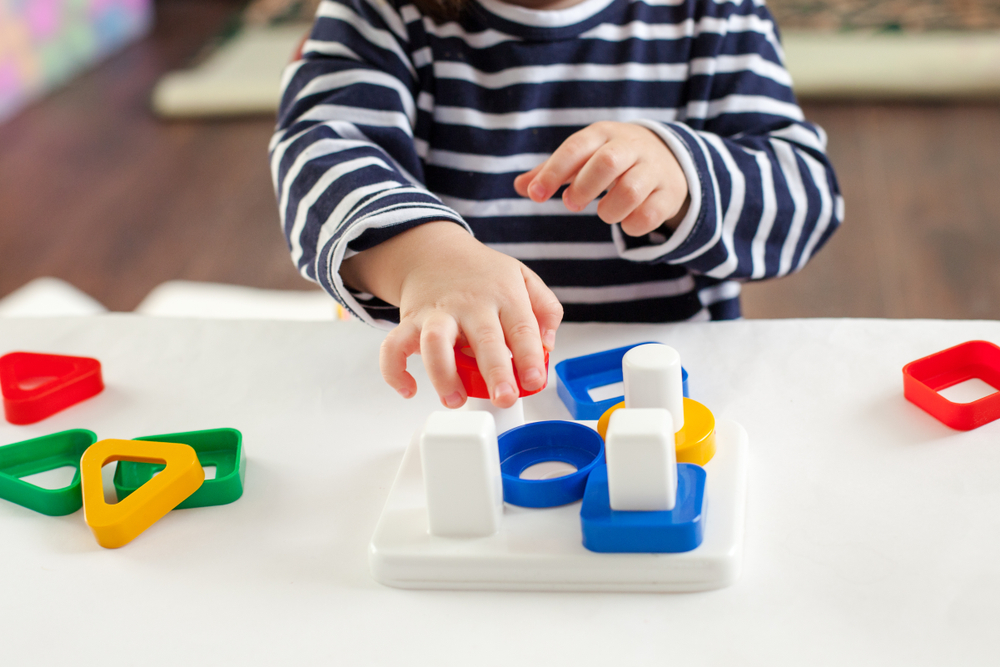
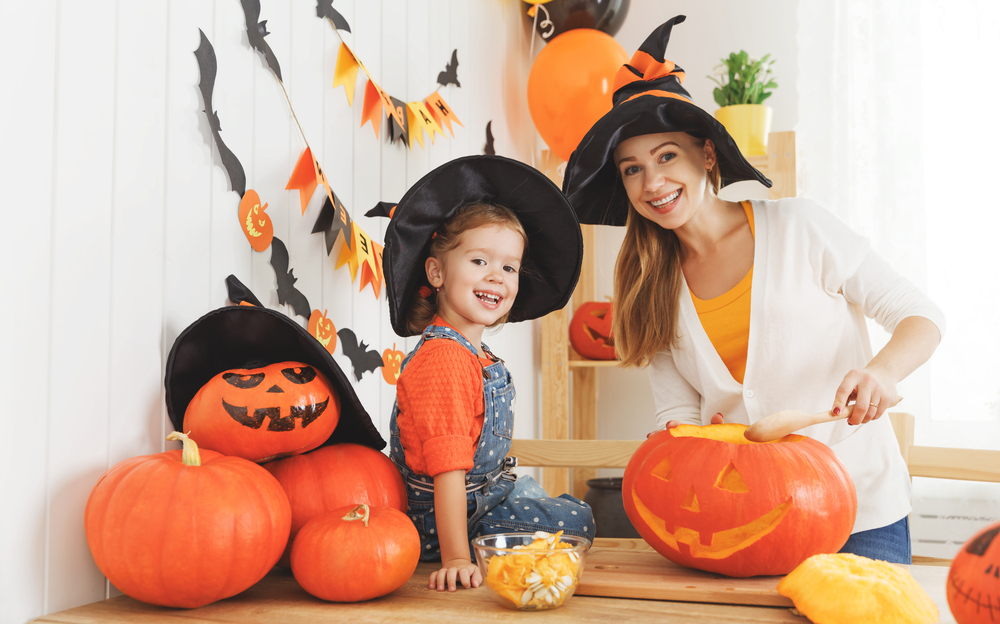
.jpg)
